Swap Porto for Braga, Portugal's 2025 Capital of Culture. This historic yet hip city offers Roman ruins, spiritual festivals and divine dining.
Founded in Roman times as Bracara Augusta over two thousand years ago, Portugal's oldest city has a little-known cultural offering.
Historic Braga is fast becoming an arts epicentre, with their efforts rewarded by being crowned the Portuguese Capital of Culture for 2025.
Braga 25 will showcase local and national artists and creators throughout the city’s main cultural venues, including Theatro Circo and gnration. Expect cutting-edge exhibitions, multidisciplinary shows, and music in a varied programme rich in collaboration and innovation.
Alongside its fresh cultural offerings, this walkable city has plenty to see and do. Here's why Braga should be on your travel list this year.
Check out Braga's cutting-edge music and art scene
Braga isn’t just about churches and history -it has a seriously cool contemporary art scene, and gnration is at the heart of it.
By day at gnration, expect thought-provoking exhibitions that push artistic boundaries, often blending digital media with traditional techniques. It’s where you can stumble upon mind-bending installations, interactive pieces, and bold works from up-and-coming artists.
But as night falls, gnration transforms into an electrifying space for gigs, contemporary theatre, and experimental performances.
From emerging bands to avant-garde theatre productions, the lineup is refreshingly diverse – think immersive soundscapes, cross-genre collaborations, and fresh art-and-beat duos like Mira Quebec and Diogo Mendes.
What are the best restaurants in Braga?
Grab a table at Restaurant Trotas, just off Central Avenue, for a low-key dinner that oozes sophistication. With its striking decor and even more impressive menu, this is the place to sample northern Portuguese favourites. Think flaky cod à Brás, melt-in-the-mouth roasted pork leg, and garlicky octopus à Lagareiro - all best paired with a glass of crisp ‘vinho verde’ (Portugal's famous green wine)
If you want lunch with a view, head to Restaurante Panorâmico, perched on the lush slopes of Bom Jesus do Monte. The sweeping sights of Braga steal the show, but the budget-friendly set menu featuring classic Portuguese dishes is decent.
For relaxed Michelin-starred dining, Cozinha da Se is a must. With its rustic charm and wine-lined walls, it’s all about celebrating Minho’s best ingredients. Tuck into flavourful Monkfish rice, grilled squid, or the real showstopper—slow-roasted kid, cooked to perfection.
For low-budget eats, head to Frigideiras do Cantinho, where you can sip on a strong espresso and indulge in a silky pudim (Portuguese caramel flan) without breaking the bank. But the real treat? The ancient Roman foundations are right beneath your feet! Thanks to a glass floor, you can literally have your coffee while gazing down at the ruins of Bracara Augusta.
Have an unusual drink at Casa das Bananas
While elegant Braga may seem super suave, it still has surprising quirks, none more so than a 'banana bar' in the centre.
At Casa das Bananas, the unlikely pairing of a banana and a glass of Moscatel de Setúbal has been a Braga tradition for over 40 years. While Christmas Eve sees the wildly popular “Bananeiro” event spill onto Rua do Souto (Braga’s most traditional shopping street), you can try this combo year-round alongside local wines, Port, and chocolate Ginja.
Braga: Discover thermal baths and other Roman treasures
Braga’s Roman roots run deep. Founded in 27 BC under Emperor Augustus, it became a key hub in the vast network connecting the Iberian Peninsula to Rome. Its importance grew, and by 216, Emperor Caracalla even upgraded it to the capital of the Galician province.
Today, you can still spot Roman treasures around the city: ancient ruins, roads, and preserved artefacts show off its imperial past.
One of the most impressive Roman ruins is the Thermal Baths of Alto of Cividade, Braga’s only public Roman thermae.
A short film at the entrance provides context to the large complex before you explore outside. While only ruins remain, this thermae is a must-see for those overly preoccupied with the Roman Empire.
Right in the heart of what was once Bracara Augusta, the Museu de Arqueologia D. Diogo de Sousa is an absolute must for anyone who loves a good Roman ruin.
This museum, purpose-built to showcase Braga’s ancient past, is packed with fascinating finds, from Palaeolithic tools to medieval relics.
Expect Roman mosaics, pottery, jewellery, and even the remnants of everyday life from when Braga was an important Roman post.
The museum also gives you the lowdown on the archaeological sites you can still visit in the region - so you can go full Indiana Jones and explore them in real life.
Is it worth visiting Bom Jesus do Monte in Braga?
Bom Jesus do Monte isn’t just Braga’s star attraction -it’s a masterpiece of devotion, drama, and sheer architectural brilliance.
Perched high above the city, this UNESCO-listed sanctuary has been wowing pilgrims and visitors for centuries with its grand staircases, epic views, and the world's oldest water-powered funicular.
Getting there is all part of the adventure.
You can hike up (or hop on the historic vertical tram), a 19th-century engineering marvel chugging up the 300-metre slope since 1882.
But the real magic of Bom Jesus lies in its extraordinary stairway, a dazzling Baroque spectacle with 17 landings, elaborate fountains, and beautifully sculpted biblical figures. The most famous section?
The Five Senses Stairway is a zigzagging ascent, with each tier dedicated to sight, smell, hearing, touch, and taste -proving that climbing stairs can be a full-body experience!
Keep climbing, and you’ll pass scenes from the Stations of the Cross, statues of the Virtues, and even Moses receiving the Commandments before finally reaching the sanctuary.
At the top, the church itself is a beauty. Built-in 1784 by Carlos Amarante, it blends Italian-inspired Neo-Classical elegance with the rugged landscape of northern Portugal.
Discover Braga's religious roots
Braga has been a diocese since the 3rd century, and even today, religion remains deeply woven into its fabric. Faith is more than just tradition here—it’s an important part of daily life, and religious ceremonies are celebrated with great devotion and grandeur.
The city’s deep religious identity culminates each easter during Holy Week, a huge celebration of faith that brings 100,000 visitors to Braga. Streets are laden with ornate motifs, while "Passos," or street-side altars overflowing with flowers and lights, reflect the grandeur of Braga’s many churches and chapels.
Start your journey at Braga’s impressive Cathedral, so old that it predates Portugal—back when the country didn’t even exist!
Construction kicked off in the late 11th century, and by 1089, it was consecrated in honour of the Virgin Mary by Archbishop D. Pedro. If you love a bit of royal history, you’ll find the tombs of Teresa of Aragon and Henry of Burgundy here—the parents of Afonso Henriques, Portugal’s very first king.
The Cathedral’s architecture is a fascinating mix of styles, thanks to centuries of tweaks and additions by its archbishops. While traces of its original Romanesque design remain, later influences have left their mark, revealing rich layers of historical artistry.
Inside, near the church, you’ll find the treasure museum—a brilliant collection of ecclesiastical artefacts.
One of the standout pieces is Our Lady of the Milk, a striking 16th-century sculpture by Nicolas Chanterene depicting the Virgin Mary breastfeeding baby Jesus. There’s also an iron cross with a fascinating history—it was used in 1500 to celebrate the very first Mass in Brazil.
If you fancy a closer look at the opulent choir, you can book a low-cost ticket (just €2 for adults). It’s well worth it to admire the magnificent organs and the intricate golden stonework.

 1 month ago
25
1 month ago
25


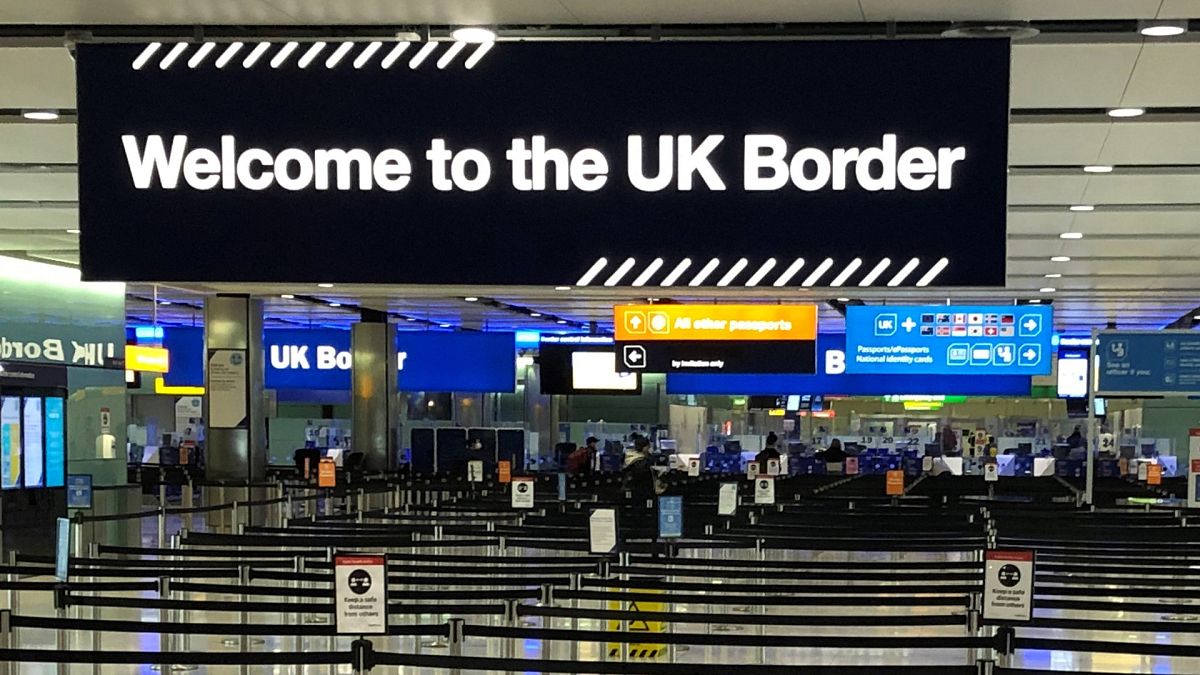
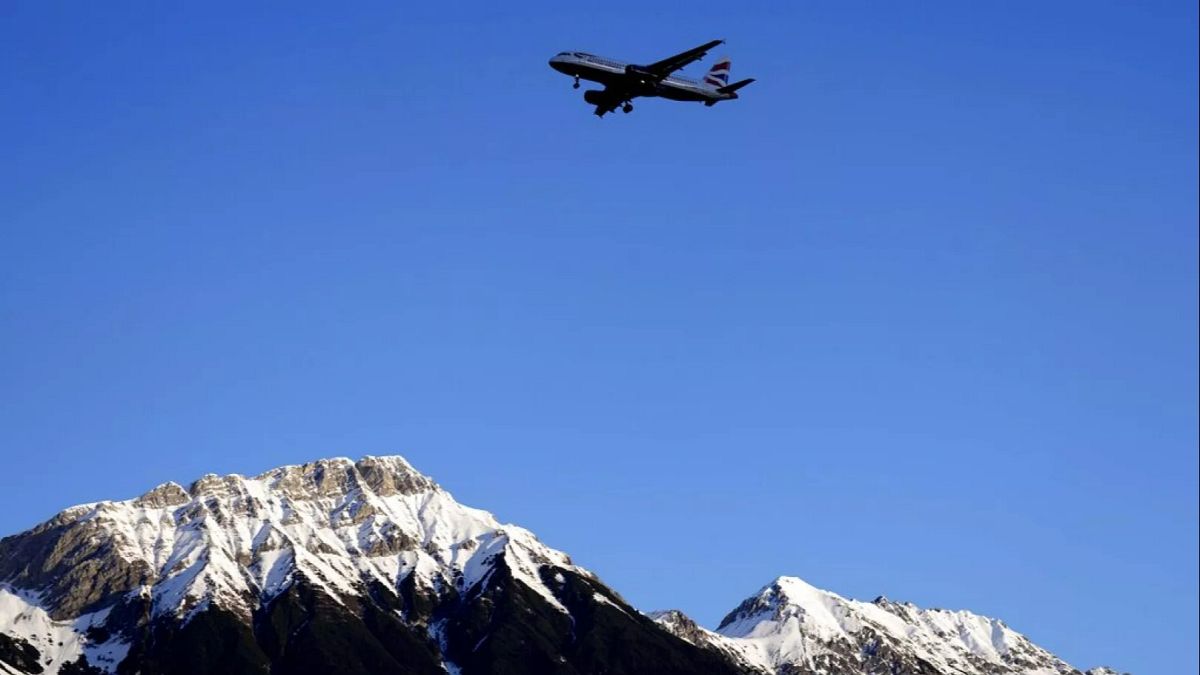
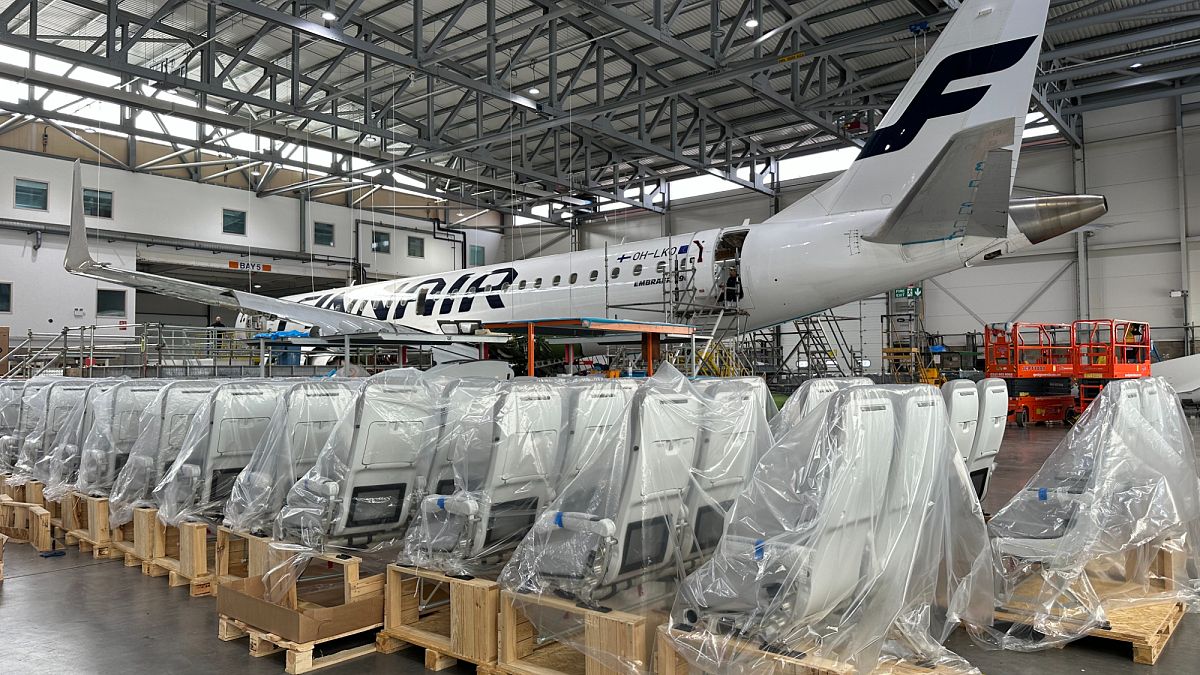
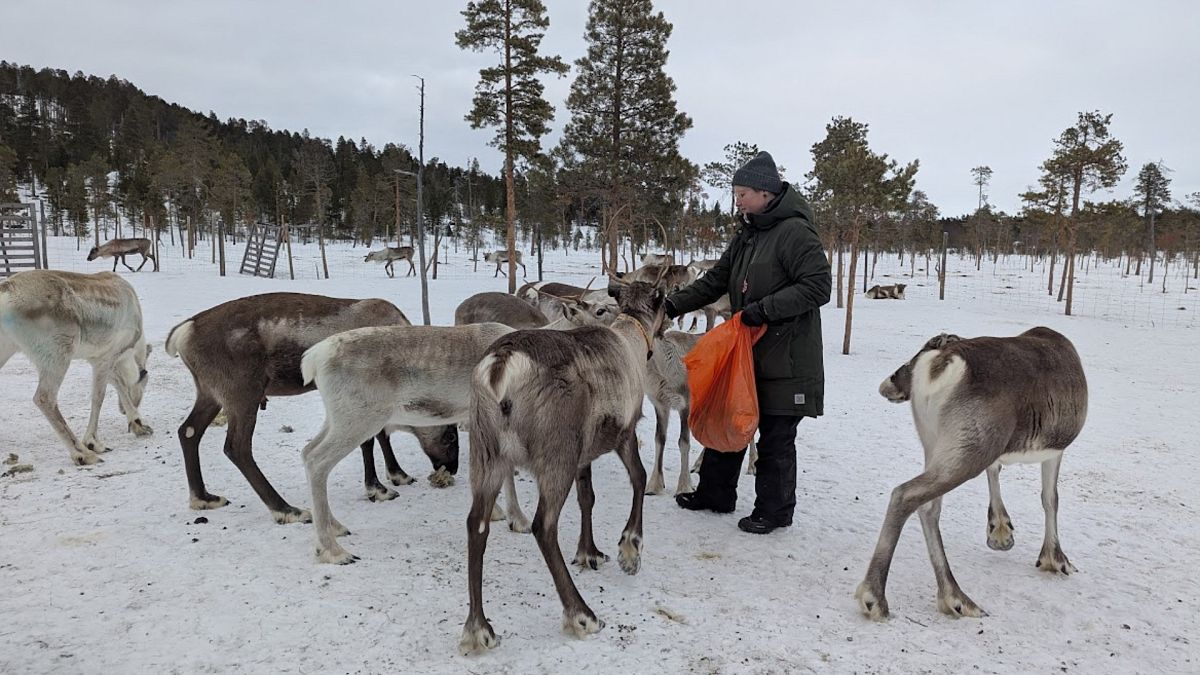
 We deliver critical software at unparalleled value and speed to help your business thrive
We deliver critical software at unparalleled value and speed to help your business thrive



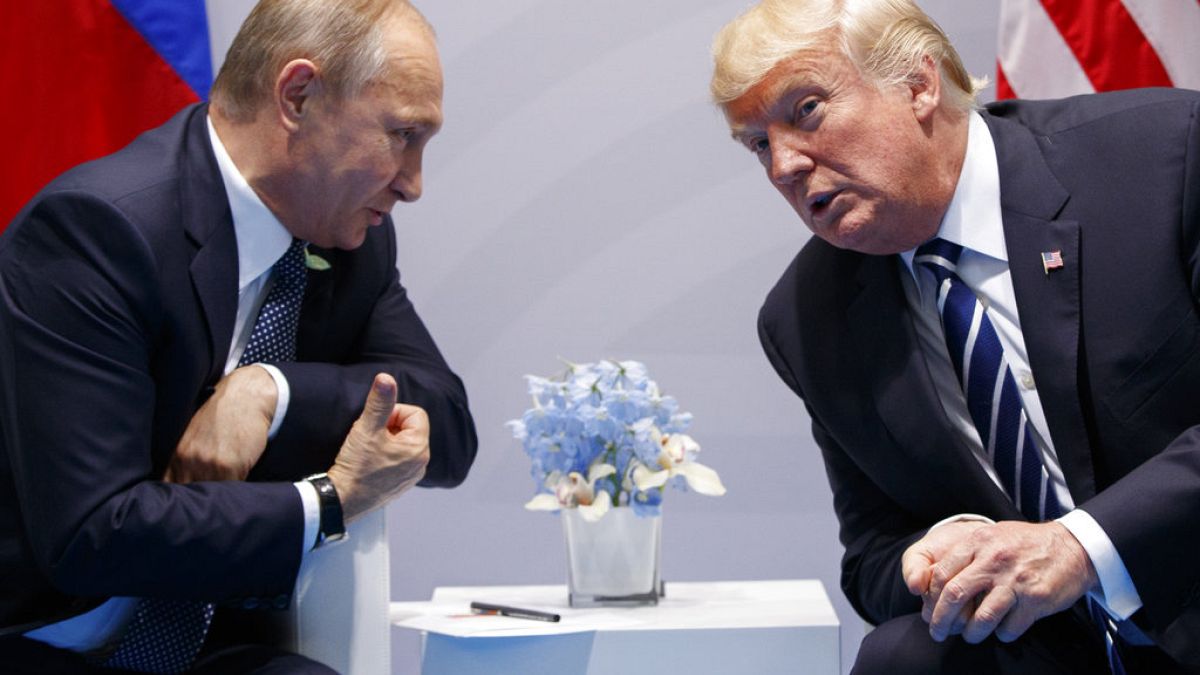
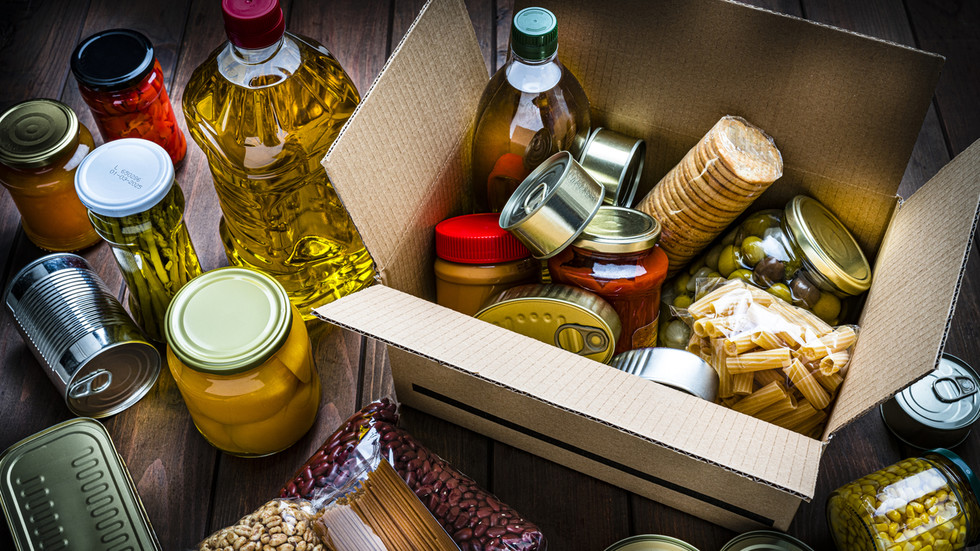

 English (US) ·
English (US) ·